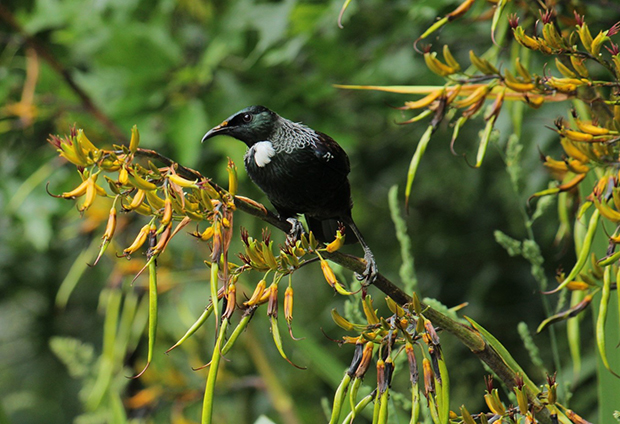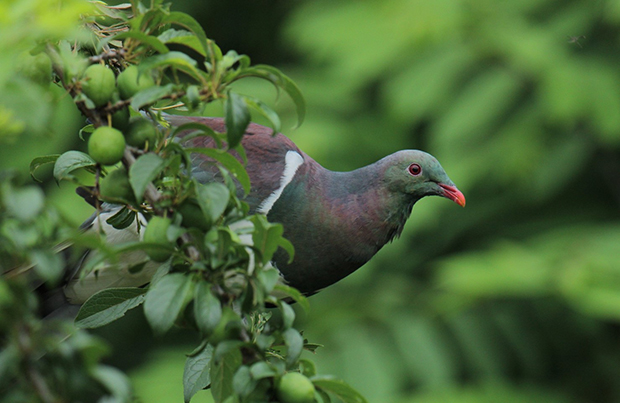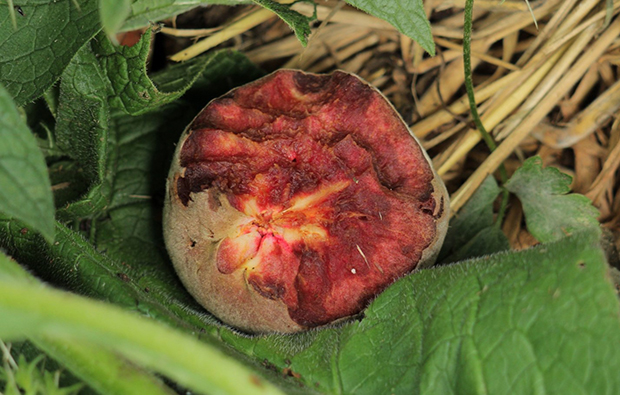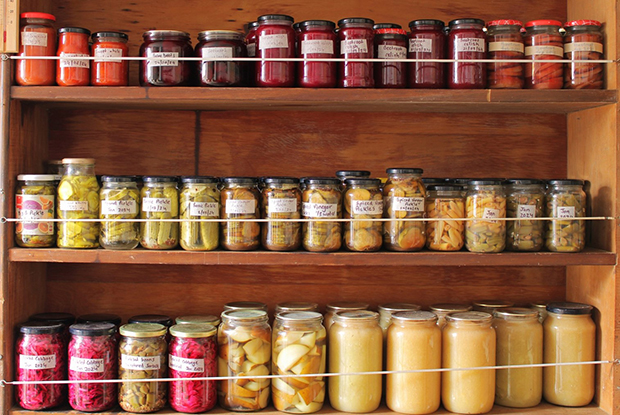
Rebecca Stewart: To share with the birds

Sometimes late summer harvests are better shared.
Photos: Summer Stewart
The stars shine in the night sky, sparkling to a chorus of moreporks, pukekos, crickets and cicadas. As they fade into the coming dawn, the roosters start to crow, raising the valley from its slumber. Above our heads the swallows flit and the kāhu soars.
A blackbird hops out of the mass of plants, along with a family of quails, their tiny babies racing to keep up. The wax eyes bounce from tree to tree. A tui tears overhead on its way to the flowering flax by the road. Flashes of red and blue – and raucous chatter – tell us the rosellas are in the walnut trees. A couple of rouge pullets scurry through the yard, they know they are not meant to be in here, but I have yet to figure out their sneaky access point. They wait at the gate to be let out, but no doubt will be back in the yard soon. The baby Orpingtons have however been blocked from sneaking under the fence and scratching up the veggie garden. Down the paddock, a robin sits on the fence post watching as David digs the next hole along the edge of the ravine.

The sparrows and yellowhammers join in the feeding frenzy as we scatter the chooks’ morning maize. A big fat kereru casts me a wary eye but does not stop stripping the leaves off the plum tree only a metre above my head. I scold it as it knocks a nearly ready plum from the tree – but it just moves further up the branch unfazed.
We have planted an abundance of fruit trees and berries more than we could ever eat, our plan being to share with the birds. But the birds didn’t get the memo about the sharing part. They can strip a young tree of its fruit in just a few days. If we want to harvest any, we need to have a watchful eye and often pick them a bit greener than the fully sun-ripened globes of deliciousness that we love. We could net the trees, but this is a bit tricky in the chaos of the orchard forest.

A friend recently said to us when talking about the mass of birds on our property: “When the health of the land returns, so shall the birds”. The diversity here has boomed in the last couple of years. From the canopies of the trees to the habitat of the ground covering perennials and sprawling annuals, the plants create a haven in which these birds can thrive. Our efforts to grow food for ourselves has resulted in a mass of food for our feathered friends too.
Our mission is to create a balance where we still get enough to cover our needs for the year. This may mean that we need to build a permanent berry cage and move our prime berry plants into it. Those sneaky thrushes, blackbirds and quails are masters at breaking into netted plants. They love the blueberries as much as we do so the battle is real. Funnily, they don’t seem to attack the thornless blackberries, maybe because the thorny ones are tastier and more prolific in our area.

But as the late summer and autumn harvests continue my will to keep up with the preserving is flagging. I don’t mind as much when the crops are raided. There are still the late peaches to come and the autumn flush of raspberries. A few more apple trees hang heavy with unripe fruit destined to become apple cider vinegar.
My late-paste tomatoes we need to make tomato sauce for our daughter so they will be watched closely. But the rampant pickling cucumbers have reached their peak as I decide we have enough jars of pickles in the cool store. It’s a pity our menagerie doesn’t like those as I would happily leave them for the birds. I guess they lack the sweetness of summer which all the birds crave.
Read more about life on the land in our book Life on Fodder Farm – A Journey to Self-Sufficiency available from all good bookstores.

